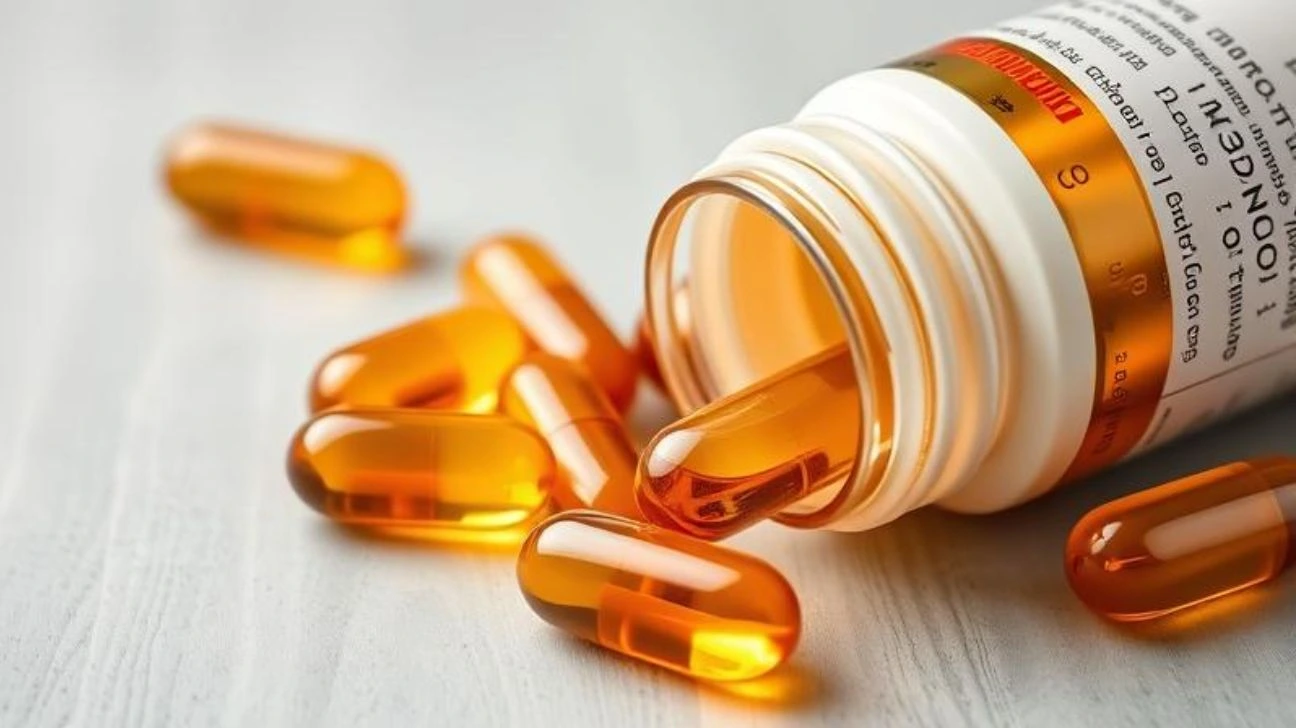Introduction
Omega 3 fatty acids are vital nutrients our bodies can’t produce on their own, making them a must-have in our diets. Often hailed as a cornerstone of wellness, these fats are linked to heart health, sharper brains, and reduced inflammation. But what makes them so indispensable? Let’s unravel the science and practical tips to harness their benefits.
Understanding the Types of Omega 3
Not all Omega 3 are created equal. Here’s the breakdown:
- ALA (Alpha-linolenic Acid): Found in plant foods like flaxseeds and walnuts, ALA must convert to EPA or DHA in the body—a process that’s only about 5-10% efficient. Vegetarians, take note!
- EPA (Eicosapentaenoic Acid): Abundant in fatty fish, EPA is a champion for fighting inflammation and supporting heart health.
- DHA (Docosahexaenoic Acid): Critical for brain development and vision, DHA is a star in seafood and algae. Pregnant women and parents, prioritize this one!
Top Health Perks of Omega 3
- Heart Health Hero: Lowers triglycerides, eases blood pressure, and keeps arteries clear.
- Brain Booster: DHA fuels brain cells, potentially staving off depression and cognitive decline.
- Inflammation Fighter: Chronic inflammation? Omega 3 help calm the storm.
- Vision Protector: DHA is a building block for the retina, guarding against eye diseases.
- Pregnancy Powerhouse: Essential for fetal brain and eye development; may also reduce preterm birth risks.
- Weight Management Ally: Could rev up metabolism and support healthy fat loss.
- Skin and Hair Savior: Promotes hydration, reduces acne, and strengthens hair.
- Cancer Risk Reducer: Early studies suggest a link to lower risks of certain cancers.
Where to Find Omega 3
- Fatty Fish: Salmon, mackerel, and sardines are top picks. Aim for 2 servings weekly.
- Plant-Based Goodies: Chia seeds, walnuts, and hemp seeds pack ALA. Blend into smoothies or sprinkle on yogurt!
- Supplements: Fish oil, krill oil, or algae oil (perfect for vegans) can fill gaps. Opt for brands with purity certifications.
How Much Do You Need?
- Adults: 250–500 mg of combined EPA/DHA daily.
- Pregnant/Nursing Women: 300–900 mg DHA daily.
- Kids: 50–100 mg, adjusting for age and diet.
Always consult a healthcare provider for personalized advice, especially if you have health conditions.
Spotting Omega-3 Deficiency
Watch for dry skin, forgetfulness, joint stiffness, or mood swings. Long-term shortages might heighten heart disease risks.
Supplements: Yay or Nay?
If fish isn’t your thing or you’re plant-based, supplements can help. Quality matters—look for third-party tested options.
Easy Ways to Boost Your Intake
- Swap snacks: Try roasted walnuts instead of chips.
- Breakfast boost: Stir flaxseeds into oatmeal or smoothies.
- Cook smart: Use flaxseed oil in dressings (not for frying!).
Busting Omega 3 Myths
- Myth 1: “Only fish have Omega 3.” Truth: Algae supplements and chia seeds are great alternatives.
- Myth 2: “More is better.” Truth: Excess can thin blood—stick to recommended doses.
- Myth 3: “All supplements are the same.” Truth: Purity and sourcing vary—research brands!
Conclusion
Omega 3 aren’t just a trend; they’re a lifelong wellness ally. Whether through a salmon dinner or a trusted supplement, making them a staple can transform your health. Start small, stay consistent, and consult a pro to tailor your intake.
FAQs
- Best Omega 3 source? Fatty fish for EPA/DHA; flaxseeds for ALA.
- Weight loss aid? It supports metabolism but isn’t a standalone solution.
- Safe daily? Yes, within guidelines—check with your doctor.
- When to expect results? Some notice changes in weeks; others in months.
- Heart disease prevention? Research shows it lowers risk factors.
- Omega-3 vs. Omega-6? Both are essential, but balance is key—modern diets often skew heavy on Omega-6.
Got more questions? Drop a comment below—we’re here to help!
Loved this guide? Share it with a friend or leave a review!
